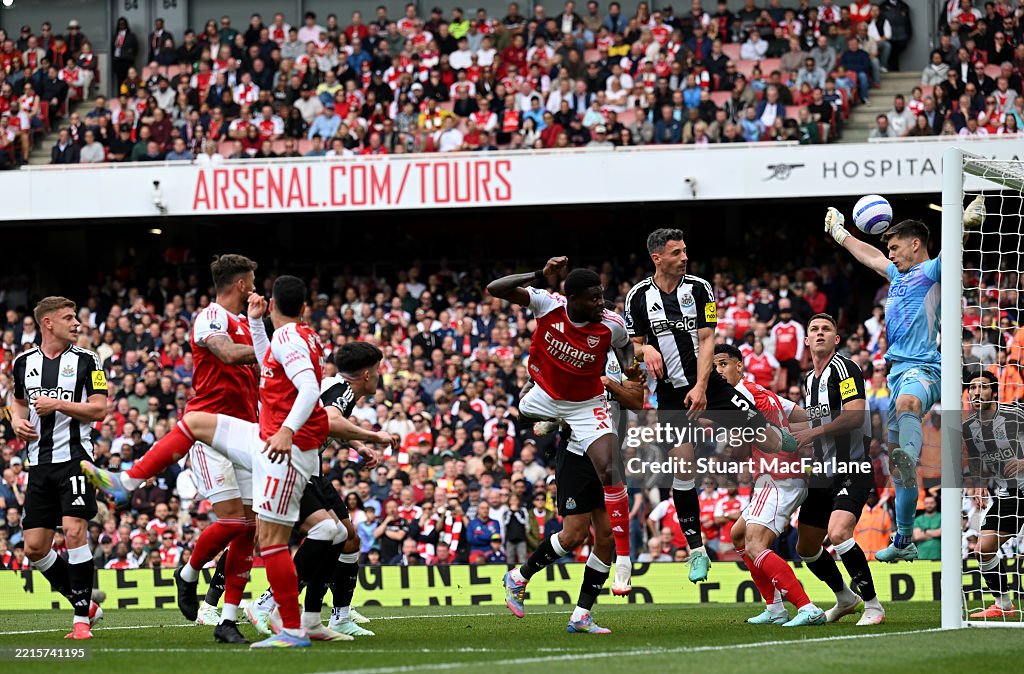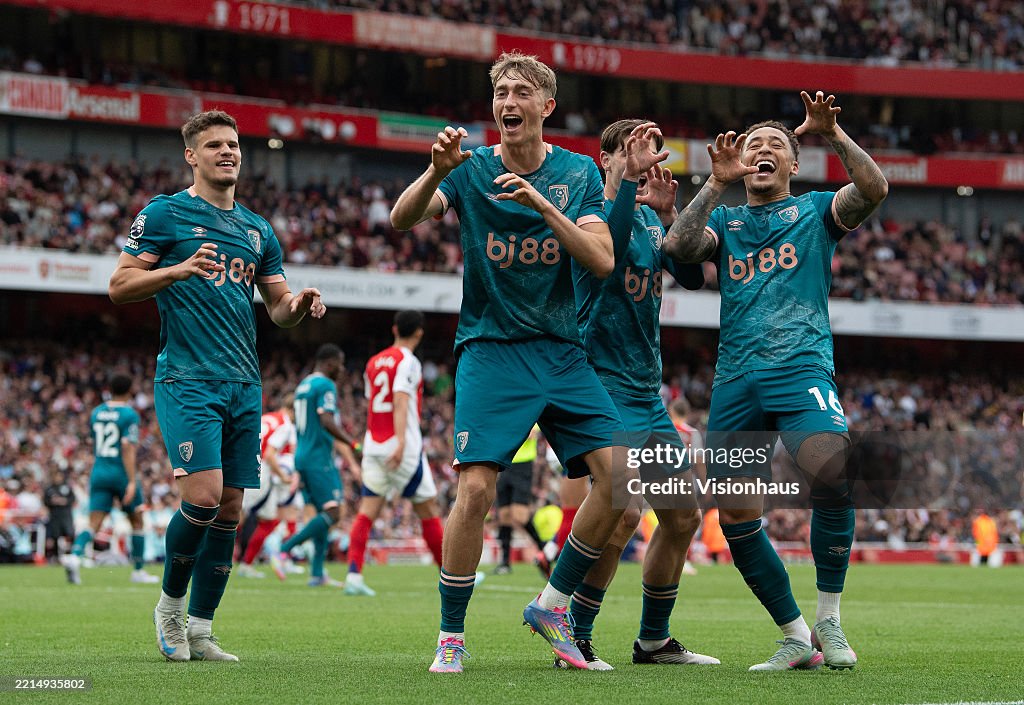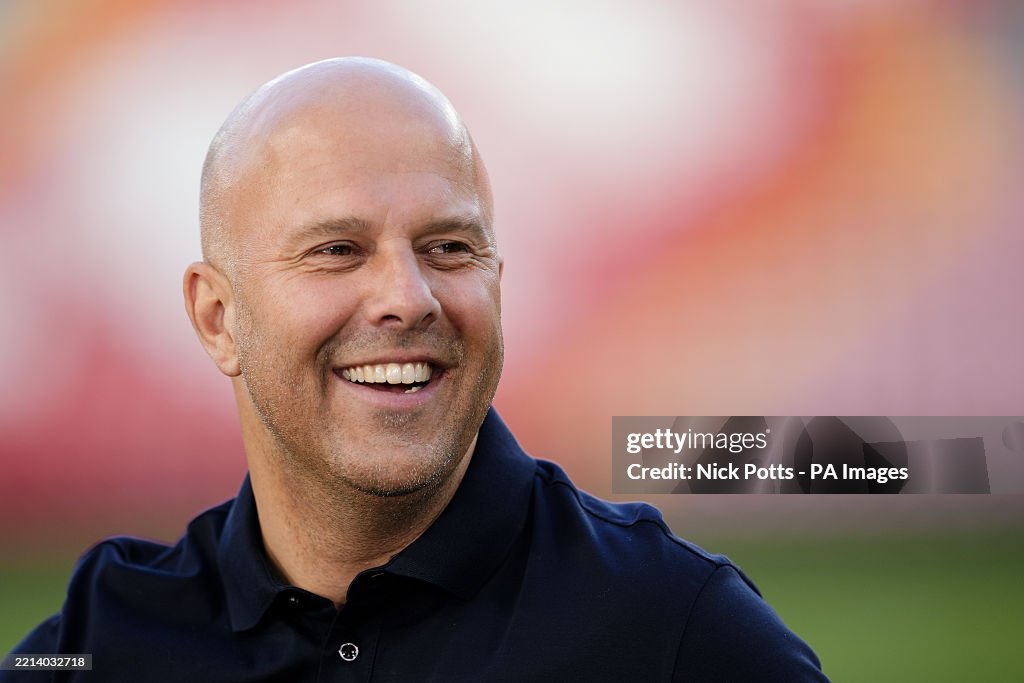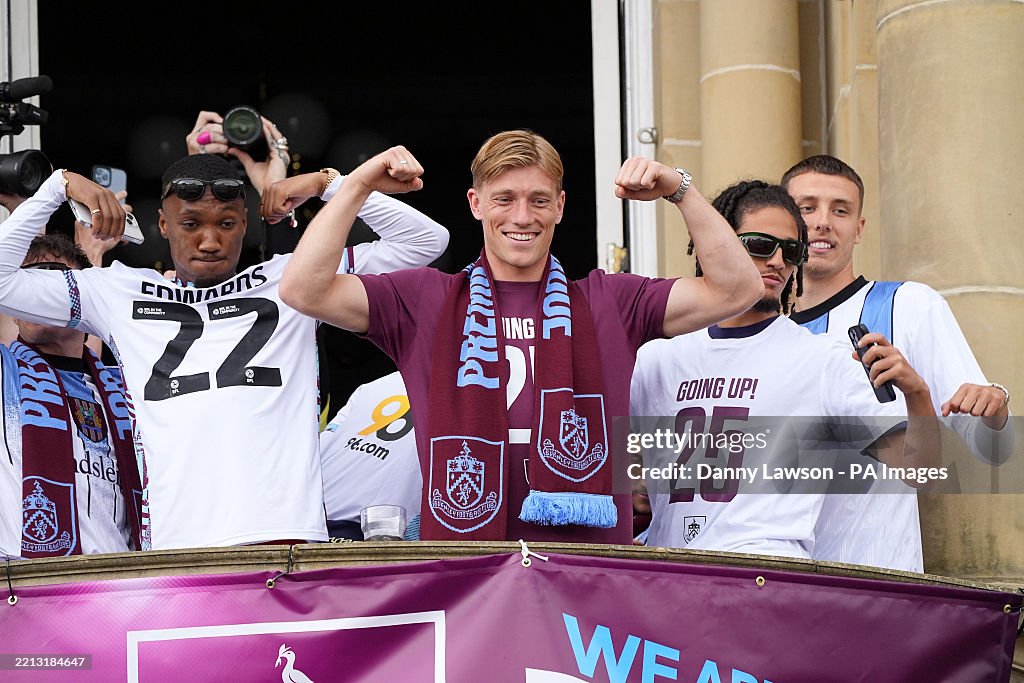Many tears on Sunday afternoon in Walton, the Liverpool district where Everton played its last match after 133 years. The farewell to Goodison Park was hard on the supporters, and a 2-0 victory over Southampton did nothing to change that.
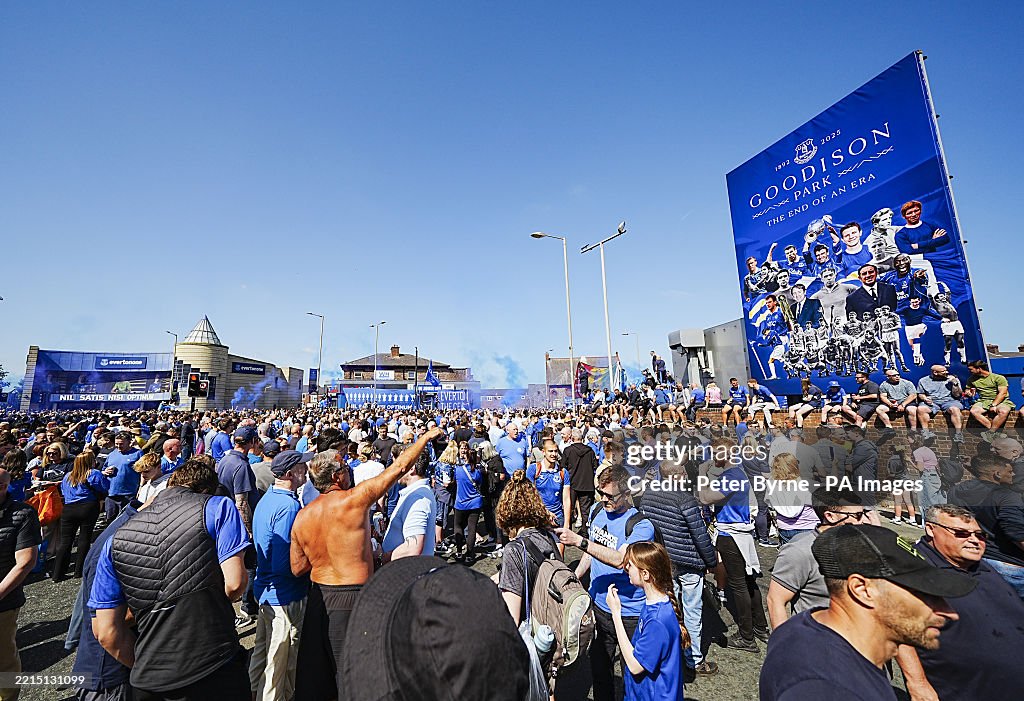 Embed from Getty Images
Embed from Getty Images
There were many tears on Sunday afternoon in Walton, the Liverpool district where Everton played its final match at Goodison Park after 133 unforgettable years.
For the generations of supporters who had passed through its gates parents, grandparents, children raised on the Toffees this was not just the end of a stadium. It was the end of a living, breathing piece of their identity. The farewell was emotional and heavy, steeped in nostalgia, and even a 2-0 victory over already-relegated Southampton could do little to ease the ache of goodbye.
Sporting significance was minimal. The result had no impact on relegation battles or European qualification. But no one came to Goodison on this historic afternoon for league position or bragging rights. They came for the memories, the stories, and to pay tribute to a cathedral of English football that had stood firm through wars, generations, and the ever-changing face of the modern game.
Earlier in the week, the mood had been slightly lightened when it was announced that Goodison would not be demolished. Instead, starting next season, Everton's women's team will take up residence at the iconic ground. While the men move into a state-of-the-art stadium at Bramley-Moore Dock, the soul of the club will still echo through the old wooden stands, ensuring fans can continue to experience live football on this sacred turf.
One last time, 22 broad-shouldered footballers squeezed into the famously tight and dated catacombs beneath the main stand the same narrow tunnel that had seen legends like Dixie Dean, Neville Southall, and Tim Cahill walk through before them. One last time, the unmistakable sound of Z Cars rang out, the unofficial anthem of Everton Football Club. Played louder than ever, it overwhelmed the aged stadium speakers, but it didn’t matter. Fans sang along with trembling voices, some through tears. The camera swept across the stands, capturing iconic Everton faces from the past, some now grey-haired and teary-eyed, others clapping in silence, absorbing every second.
When the match kicked off, emotion charged the air. Only five minutes in, the roof almost lifted off as Iliman Ndiaye, a player not long at the club, wrote his name into the annals of Goodison folklore. His early goal sent the Bullens Stand, Park End, Main Stand, and Gwladys Street into wild celebration. It was not just a goal it was a moment to cling to in the coming years, a piece of final history.
And Ndiaye wasn’t done. Just before halftime, after a few goals had been ruled out for offside or fouls, he added a second. The cheers were mixed with sighs of relief and sorrow. There was beauty in the simplicity of it Everton 2, Southampton 0. A clean result. A peaceful ending.
The second half, however, felt more like a prelude to a ceremony than a continuation of a match. The intensity faded. Players moved with less urgency. The crowd, still present in voice, began counting down the minutes, clinging to the atmosphere rather than the play. Ndiaye, substituted and wrapped in a jacket on the bench, kept glancing at the scoreboard. He hoped those two goals would be the final ones ever scored at Goodison Park and as time ticked down, it became clear he would get his wish.
By the final whistle, blown by referee Michael Oliver just before 2:00 p.m. local time, no one on the pitch protested. No one raced for one last shot or pass. Instead, heads turned to the stands, where many fans were openly weeping. The match was over, but more than that over 130 years of football on Goodison Road had come to an end.
Everton, established in 1878, originally played their matches at Anfield. Yes, the very same ground now home to arch-rivals Liverpool. But in 1892, after a disagreement over rent with the stadium’s owner, Everton were forced to move out. That split eventually led to the formation of Liverpool Football Club. Everton crossed Stanley Park and made Goodison Park their new home just a ten-minute walk away, but an entire footballing universe apart.
From that moment on, Goodison became a fortress. It was the first purpose-built football stadium in England, a place of history-making moments from title wins and European nights to FA Cup classics and unforgettable Merseyside derbies. And unlike many modern arenas, it retained its unique character: steep stands, wooden seats, low roofs that trapped the sound and made it thunder. Visiting teams feared it, fans adored it.
As the players gathered at full time and legends re-entered the pitch, fans stayed in their seats. Nobody wanted to be the first to leave. The stadium announcer thanked the fans, the club, and the memories. A final rendition of Z Cars rang out, followed by a standing ovation. Fans waved scarves, embraced strangers, and etched the feeling into their hearts forever.
Goodison Park is no longer the home of Everton's men's team but it will never cease to be the heart of the club. It was a farewell, yes. But also a promise: that the legacy, the spirit, and the blue of Goodison will never truly disappear.
Updated: 02:26, 18 May 2025
